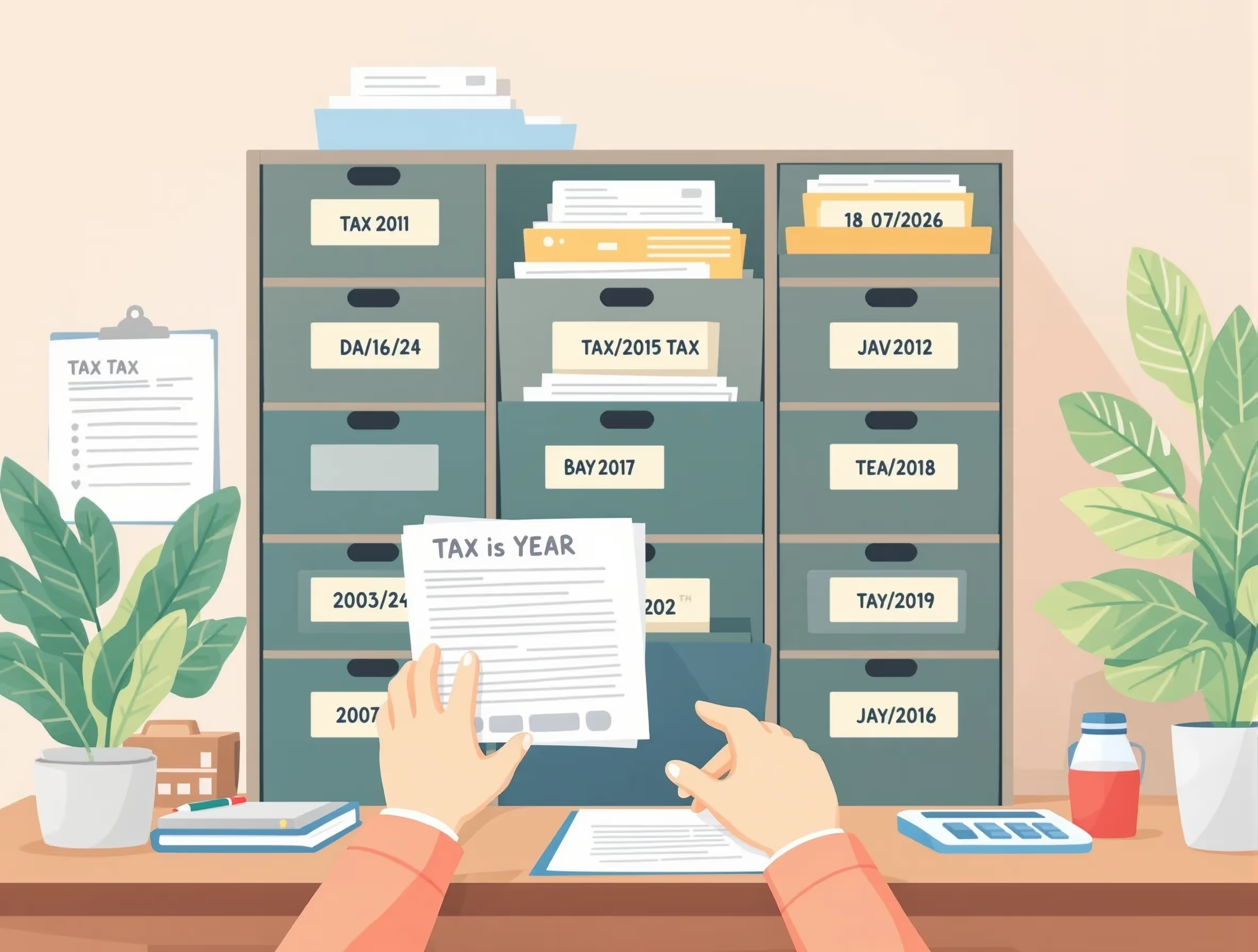
What Form 8858 Is For
IRS Form 8858 (2024) is an information return used by U.S. taxpayers to report foreign disregarded entities (FDEs) and foreign branches (FBs) they own or operate. The form helps the IRS track business activity conducted in a foreign country that affects a filer’s federal income tax return. It discloses ownership details, financial statements (such as an income statement and balance sheet), and related-party transactions with other entities. A foreign disregarded entity is treated as part of its owner for U.S. tax purposes, rather than as a separate legal entity. Filing Form 8858 ensures compliance with international reporting and tax obligations.
When You’d Use Form 8858
You must file Form 8858 if you are a U.S. person—including an individual, domestic corporation, or partnership—that owns or operates a foreign disregarded entity (FDE) or foreign branch (FB) during the tax year. The form attaches to your federal income tax return, such as Form 1040, 1120, or 1065; it is not filed separately.
Filing deadlines:
- Individuals: April 15 (or October 15 with an extension)
- Corporations: April 15 for calendar-year filers
- Partnerships: March 15 (or September 15 with an extension)
If you file late or discover errors, submit an amended return with the corrected form as soon as possible. Late or incomplete filings may result in significant penalties, including reductions in foreign tax credits and potential criminal penalties for willful failure to file.
Key Rules or Details for 2024
When completing IRS Form 8858, U.S. taxpayers must follow specific rules to meet filing requirements and maintain proper tax compliance. These rules ensure accurate reporting of foreign activities and prevent errors that can trigger potential penalties.
Key compliance points:
- Who must file: Every direct owner or tax owner of a foreign disregarded entity (FDE) or foreign branch must submit a separate form for each entity. Do not combine details from related entities or foreign corporations.
- Filing details: Attach Form 8858 to your annual tax return covering your yearly accounting period. It reports the entity’s income, current earnings, and foreign income taxes paid for U.S. tax purposes.
- Schedules required: Include Schedule C to summarize the income statement, reported in the entity’s functional currency.
- Exceptional cases: U.S. persons involved in a controlled foreign corporation, controlled foreign partnership, or foreign estate must disclose activity with other related entities, report loans, and apply the average exchange rate.
- Accuracy matters: Errors or omissions can cause substantial penalties, IRS notices, and even double taxation across foreign entities and your owner’s personal tax return.
Step-by-Step Guide (High Level)
Step 1 – Determine If You Need to File
U.S. taxpayers must assess each business entity they own or control to determine if it operates foreign branches, holds a foreign subsidiary, or has qualified business units in foreign countries. If yes, you likely have filing obligations.
Step 2 – Gather Required Information
Collect identification details, financials, and a summary income statement that ties to U.S. tax purposes. Note amounts that affect taxable income and cross-border activity.
Step 3 – Complete the Form and Schedules
Prepare the tax form accurately and include any related international tax forms as required. Ensure entity data, currency conventions, and intercompany items are complete.
Step 4 – Attach and File
Include Form 8858 with your entire tax return for the same annual accounting period. Follow your standard tax filing method (e-file or paper) and keep confirmations.
Step 5 – Review, Calculate, and Retain
Verify figures that influence tax liability and confirm all attachments are present. Document your filing process and store records; many taxpayers face additional penalties when errors or omissions are found later.
Common Mistakes and How to Avoid Them
Even experienced U.S. taxpayers can make costly errors when completing IRS Form 8858. Understanding common pitfalls—and how to avoid them—can help ensure full compliance and prevent penalties.
- Combining multiple entities: Some filers use one form for several FDEs or branches. Avoid this by filing separate forms for each entity, as required by the IRS.
- Incorrect entity classification: Don’t report an FDE as part of a U.S.or foreign partnership unless the IRS allows it. Review entity ownership and classification rules before filing.
- Omitting required schedules: Missing Schedule M or Schedule I leads to errors. Double-check filing instructions to confirm all applicable schedules are attached.
- Incomplete ownership details: Each U.S. person must include a complete ownership chain. Maintain accurate records for all related entities.
- Ignoring compliance notices: Failing to respond to non-compliance alerts can result in escalated penalties. Address IRS notices promptly to prevent any further issues.
What Happens After You File
Once submitted, IRS Form 8858 becomes part of your entire tax return and is processed with your other forms. The IRS does not issue a separate confirmation; however, it supports transparency and compliance for U.S. tax purposes. The information helps identify foreign activities, verify income, and reduce audit risks.
You must continue filing each year if you own or operate foreign branches or disregarded entities. Keep copies of all documents, including supporting schedules and records, for your annual accounting period. Proper filing ensures smoother reviews, avoids future filing obligation issues, and minimizes the chance of additional penalties.
FAQs
What is a foreign disregarded entity, and why does it matter for Form 8858?
A foreign disregarded entity is a business entity formed outside the U.S. that is treated as a separate taxpayer for federal reporting purposes. Purposes. Instead, its income and expenses are included on the owner’s return. If you own one, you must file Form 8858 to report its financial details and ensure compliance with international reporting requirements.
Do I need to file a tax return if I operate a foreign branch of my business?
Yes, U.S. persons who own or operate a foreign branch must report the branch’s activities, financials, and any foreign taxes paid. The form helps confirm accurate reporting and prevents underreporting of foreign income.
What happens if I ignore Form 8858—can there be criminal penalties?
Failure to meet filing requirements or willfully providing false information can result in severe consequences, including criminal penalties and significant financial fines. Prompt and accurate filing protects you from enforcement actions.
How does Form 8858 differ from other international forms for a foreign disregarded entity (FDE)?
Unlike other international tax forms, Form 8858 focuses specifically on the Foreign Disregarded Entity (FDE) or branch structure rather than a corporation. It ensures that transactions, income, and ownership details are reported accurately for transparency and accountability.
What information do I report as a direct owner of a disregarded entity?
A direct owner must disclose ownership details, current earnings, and financial data, including the balance sheet and income statement. This form confirms how the entity’s operations affect your U.S. tax liability.
























